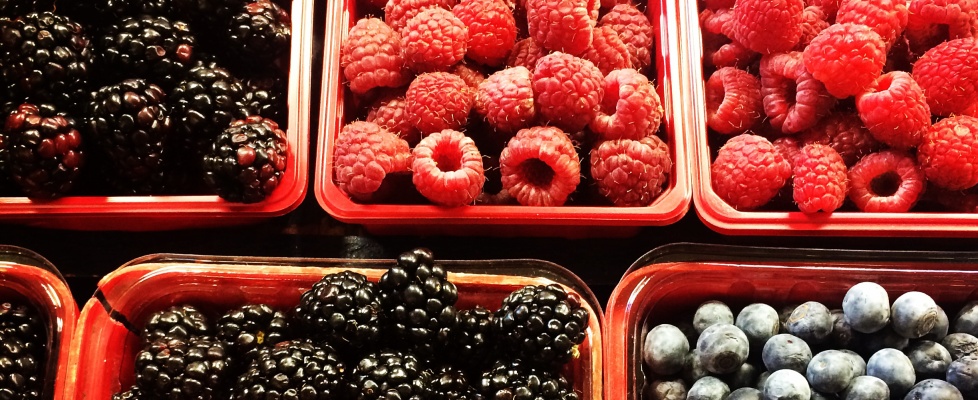Benefits of a Diet Rich in Antioxidants
Oxidative stress through an unbalanced diet, food additives, environmental contaminants, and pollution creates a daily formation of free radicals in the human body. Free radicals are highly reactive, unstable oxygen molecules that try to steal electrons from other molecules, which can cause damage to the cells’ DNA. In order to neutralize or combat free radical damage, the body produces antioxidants. Antioxidants act as the stable molecule that neutralizes free radicals to counteract cellular damage. While the body produces some antioxidants naturally, it relies on dietary sources (primarily fruits and vegetables) to deliver a healthy dose of antioxidant defense.
Diet and lifestyle choices can have a significant impact on cellular damage. Evidence suggests that antioxidant compounds found copiously in fresh fruits, vegetables, legumes, and grains play an important role in the prevention of degenerative diseases (1,2,3). Fruits and vegetables are an excellent source of vitamins, minerals, fiber, as well as a rich source of phytochemicals (4). Plants produce phytochemicals naturally to defend and protect themselves, and research suggests that these phytochemicals may also provide human health benefits (5). Current research suggests that certain phytochemicals may prevent the development of carcinogens and suppress the formation of certain types of tumor development (6). Phytochemicals act as antioxidants, and antioxidant activity protects cells against oxidative damage (3).
The protective effect of a diet rich in fruits, vegetables, and plants contributes to an individual’s antioxidant defense leading to improved health. A plant-based diet has been linked to reducing the risk of major chronic degenerative diseases, such as cancer, cardiovascular disease, diabetes, and cataracts (2,3,4,7). However, studies show that many individuals do not consume the recommended daily amount of antioxidant rich fruits and vegetables to contest free radical formation (3,8).
To ensure a healthy supply of antioxidants, try consuming a colorful diet rich in a wide variety of plant foods. Visit a local farmers market, or start your own garden! Picking fresh whole foods that are minimally processed will positively impact your long-term health.
References:
1) Palafox‐Carlos, H., Ayala‐Zavala, J. F., & González‐Aguilar, G. A. (2011). The role of dietary fiber in the bioaccessibility and bioavailability of fruit and vegetable antioxidants. Journal of Food Science, 76(1), R6-R15.
2) Gülçin, İ. (2012). Antioxidant activity of food constituents: an overview. Archives of Toxicology, 86(3), 345-391.
3) Evans, C. E., Christian, M. S., Cleghorn, C. L., Greenwood, D. C., & Cade, J. E. (2012). Systematic review and meta-analysis of school-based interventions to improve daily fruit and vegetable intake in children aged 5 to 12 y. The American journal of clinical nutrition, 96(4), 889-901.
4) Denny, A., & Buttriss, J. (2007). Plant foods and health: focus on plant bioactives. Synthesis report, (4).
5) Craig, W. J. (1997). Phytochemicals: guardians of our health. Journal of the American Dietetic Association, 97(10), S199-S204.
6) Shu, L., Cheung, K. L., Khor, T. O., Chen, C., & Kong, A. N. (2010). Phytochemicals: cancer chemoprevention and suppression of tumor onset and metastasis. Cancer and Metastasis Reviews, 29(3), 483-502.
7) Nemzer, B., Chang, T., Xie, Z., Pietrzkowski, Z., Reyes, T., & Ou, B. (2014). Decrease of free radical concentrations in humans following consumption of a high antioxidant capacity natural product. Food science & nutrition, 2(6), 647-654.
8) Vereecken, C., Pedersen, T. P., Ojala, K., Krølner, R., Dzielska, A., Ahluwalia, N., … & Kelly, C. (2015). Fruit and vegetable consumption trends among adolescents from 2002 to 2010 in 33 countries. The European Journal of Public Health, 25(suppl 2), 16-19.
